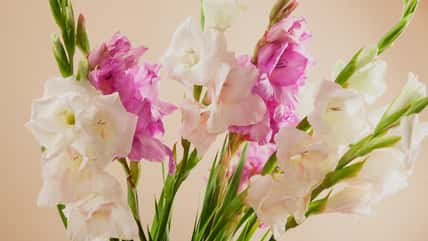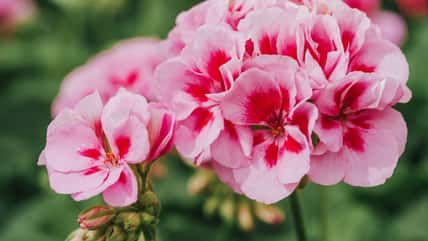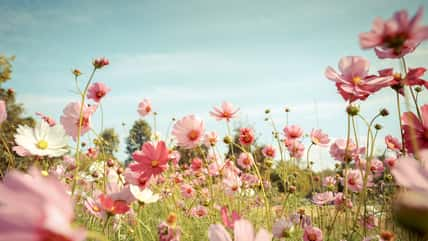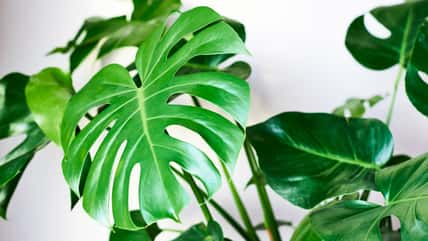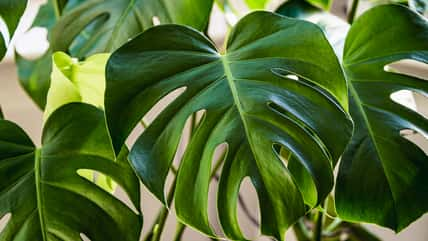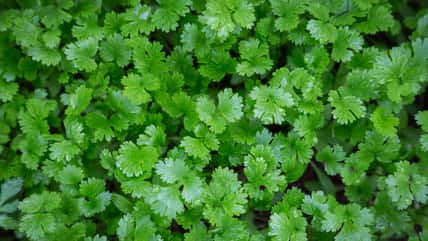The Best-Tasting Strawberries Are The Ones That Come Right Out Of Your Garden, And Here’s Your Guide To Growing Them This Year

The best-tasting strawberries are the ones eaten straight from the garden. The taste of home-grown strawberries is far more flavorful than any you can get at a grocery store.
The bright red berries may seem difficult to grow, but it’s actually fairly simple to tend to them. So with the strawberry season quickly approaching, learn how to start your own strawberry patch so you’ll have juicy, luscious fruits waiting for you to enjoy in the summertime.
There are three main types of strawberries you can grow at home: June-bearing, everbearing, and day-neutral.
June-bearing strawberries produce a large crop in mid-June to early July. It takes about four weeks for them to go from flowers to fruit.
They yield a bigger bounty than other varieties, but they will stop generating fruit after the first harvest. This variety of strawberries is recommended for gardeners who live in colder, northern regions.
When planting them, do it in early spring and set them in rows four feet apart. Place the strawberry plants themselves two feet apart.
Strawberries produce runners, which are long stems that take root wherever they touch the ground. That’s why it’s essential to give your strawberries enough room to grow. When it becomes too crowded, the plants produce less fruit that is also smaller in size.
Everbearing and day-neutral strawberries continue to flower throughout the summer months, unlike the June-bearing ones.
Everbearing types produce two crops, one in June and one in September. Day-neutrals produce more minor crops all throughout June and September.

Kalim – stock.adobe.com – illustrative purposes only, not the actual person
To create a full harvest, make sure your plants get at least eight hours of sunlight a day; otherwise, your strawberry harvest will be smaller than you’d like.
Rich, moist, well-drained soil is your best bet when it comes to successful strawberry growth. Give them at least one inch of water per week.
You can also work some compost into the soil to add more nutrients and improve drainage. In addition, straw mulch is especially helpful for keeping weeds at bay and keeping the roots cool. Maybe that’s why they’re called strawberries?
Strawberry plants start to slow down after a few years and become more susceptible to diseases, so you should replace the plants every four to five years.
Strawberries need a lot of tending to prevent pests and diseases from taking over. Fungal diseases like powdery mildew can occur when the plants aren’t getting enough air circulation. So yet another reason spacing the plants out is important.
Then, there are the insects and other pests. Strawberry weevils feed on strawberry roots. Slugs and snails wiggle their way beneath the mulch used to protect the plants. And birds like to swoop in and pick off berries.
If true crime defines your free time, this is for you: join Chip Chick’s True Crime Tribe
Sign up for Chip Chick’s newsletter and get stories like this delivered to your inbox.
More About:Gardening
